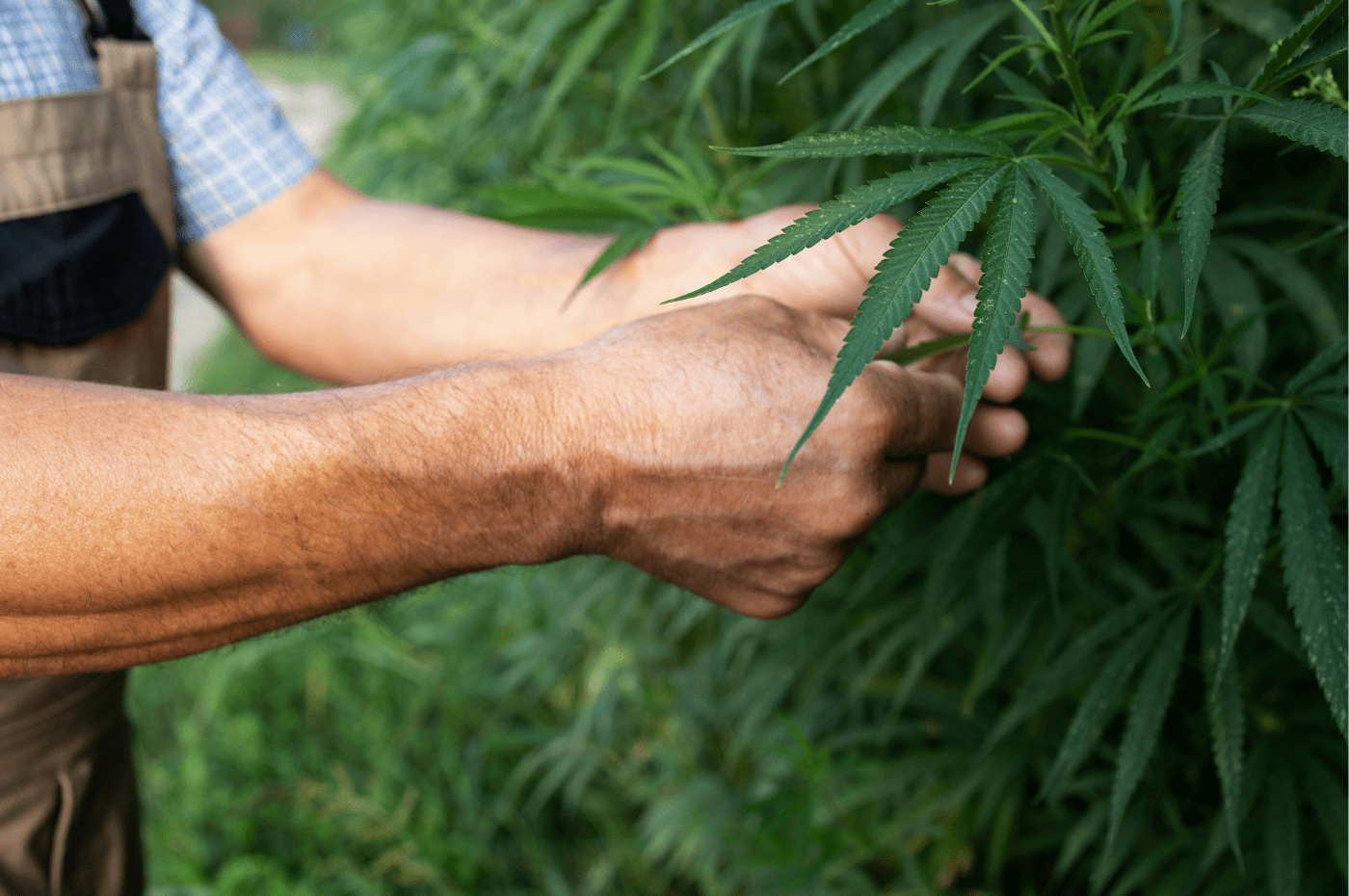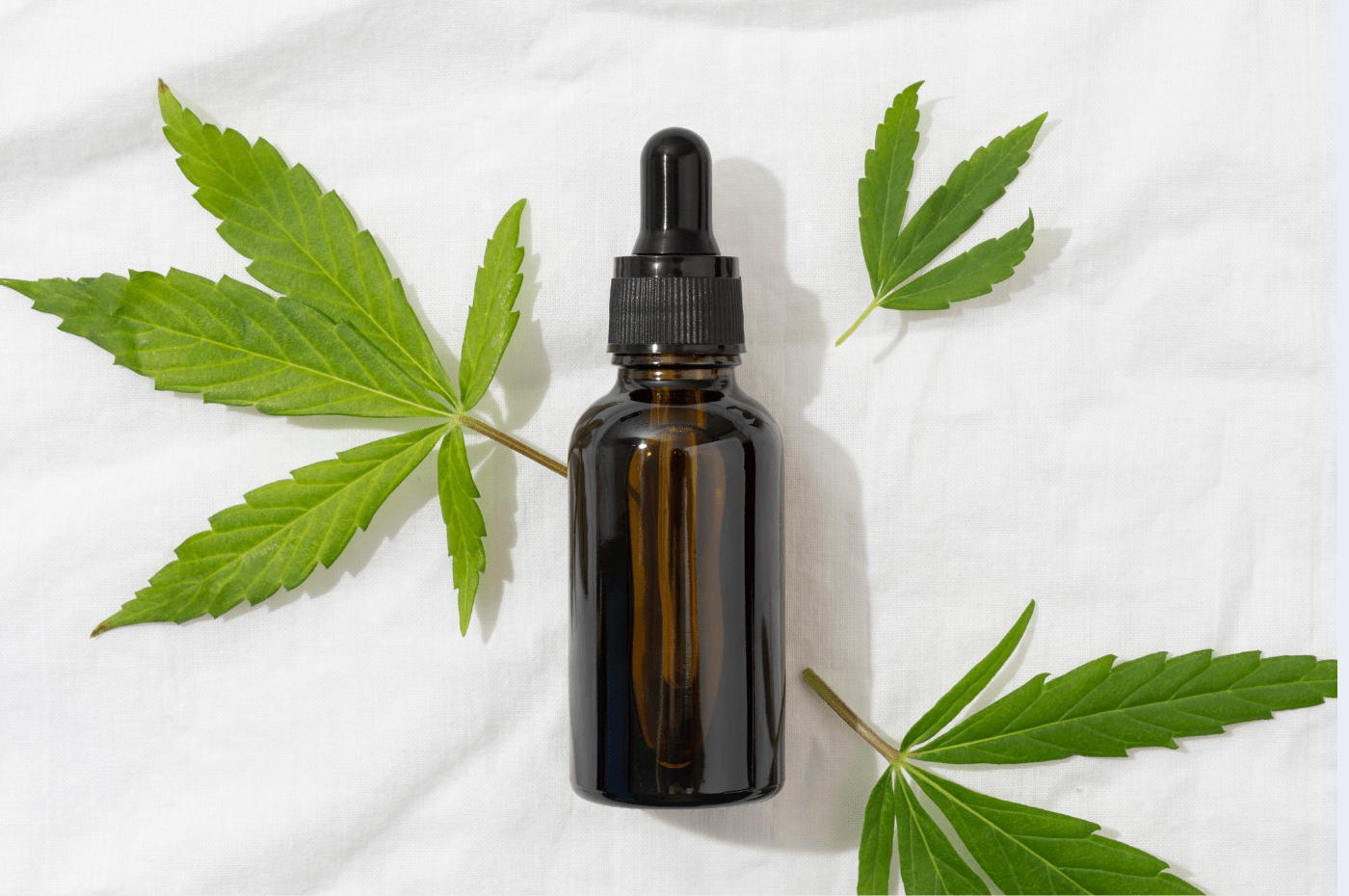Cannabinoids are the active compounds that interact with our body's endocannabinoid system (ECS), influencing a range of physiological functions such as mood, pain, and immune response. Two main types of cannabinoids play essential roles in the ECS: phytocannabinoids and endocannabinoids. Although both influence similar processes, they originate from different sources and have unique functions.
What are Phytocannabinoids?
Phytocannabinoids are cannabinoids found in plants, primarily in the cannabis and hemp plants. These natural compounds, which the plant produces in its trichomes (glandular structures), interact with the cannabinoid receptors in the body, mimicking the effects of endocannabinoids.
Here are some of the most common phytocannabinoids found in cannabis:
- THCA (tetrahydrocannabinolic acid)
- CBDA (Cannabidiolic acid)
- CBGA (Cannabigerolic acid)
- Δ9THC (Tetrahydrocannabinol)
- CBD (Cannabidiol)
Phytocannabinoids primarily come from the cannabis plant, although small quantities of cannabinoids are found in other plants like echinacea and liverwort.
What are Endocannabinoids?
Endocannabinoids are cannabinoids that are produced naturally by the human body. They are endogenous, meaning they originate within our system and are essential for maintaining balance, or homeostasis, in various bodily functions. These molecules bind with cannabinoid receptors (CB1 and CB2) to regulate processes such as mood, appetite, pain, and immune system responses.
The two primary endocannabinoids are:
- Anandamide (AEA): Named after the Sanskrit word "Ananda," meaning bliss, this neurotransmitter is responsible for feelings of happiness and relaxation.
- 2Arachidonoylglycerol (2AG): Found in high concentrations in the brain, this endocannabinoid plays a crucial role in regulating immune system responses and pain.
Differences Between Phytocannabinoids and Endocannabinoids
While both types of cannabinoids influence the ECS, their origins, effects, and interactions with receptors differ significantly. Here is a breakdown of their key differences.
Interaction with Cannabinoid Receptors
The Endocannabinoid System (ECS) is composed of two main types of cannabinoid receptors: CB1 and CB2. These receptors are located in different parts of the body and perform distinct functions.
1. CB1 Receptors:
- Primarily found in the brain and central nervous system.
- Responsible for regulating mood, appetite, memory, and coordination.
- Phytocannabinoids like THC can bind to these receptors, producing psychoactive effects. Anandamide, an endocannabinoid, also binds to CB1, creating feelings of relaxation and happiness.
2. CB2 Receptors:
- Located in the immune system, gastrointestinal tract, and peripheral nervous system.
- Involved in reducing inflammation, immune response, and pain perception.
- 2AG, an endocannabinoid, binds with CB2 receptors, helping to control immune system responses. Phytocannabinoids like CBD can also interact with CB2, offering anti-inflammatory benefits without psychoactive effects.
Phytocannabinoids serve as external supplements to mimic or boost the natural activity of endocannabinoids, especially when the body needs balance or is experiencing stress, pain, or inflammation.
The Role of Phytocannabinoids in the Body
Phytocannabinoids act as external supplements, filling in gaps where endocannabinoids may be lacking. For instance, when your body experiences an imbalance—like stress, inflammation, or pain—phytocannabinoids like CBD or THC can mimic the effects of naturally produced endocannabinoids, helping to restore balance.
1. THC:
- Binds directly to CB1 receptors in the brain and produces psychoactive effects (the “high” associated with cannabis).
- Useful for treating chronic pain, nausea, and other conditions.
2. CBD:
- Does not bind directly to CB1 receptors but can influence them indirectly, often by preventing the breakdown of anandamide.
- Known for anti-inflammatory, antianxiety, and pain-relieving properties without causing psychoactive effects.
3. Other Phytocannabinoids:
- CBDA (Cannabidiolic acid) and THCA (tetrahydrocannabinolic acid) are the raw forms of CBD and THC, respectively, found in the cannabis plant before decarboxylation (the process that converts them into their active forms).
The Role of Endocannabinoids in the Body
Endocannabinoids are produced as needed by the body to maintain internal balance. Their role is crucial in regulating a wide range of bodily functions:
1. Anandamide (AEA):
- Binds to CB1 receptors and helps regulate mood, appetite, and memory.
- Often referred to as the “bliss molecule” because of its mood enhancing properties.
2. 2AG:
- Binds to both CB1 and CB2 receptors.
- Plays a significant role in managing immune system functions, reducing inflammation, and regulating pain.
Endocannabinoids act as natural keys to unlock cannabinoid receptors, ensuring that the ECS can function properly to maintain balance in the body.
Purposes and Functions of Cannabinoids
Phytocannabinoids:
- Supplement the ECS when endocannabinoid production is insufficient.
- Help manage chronic pain, inflammation, stress, and anxiety.
- Used in both medicinal and recreational products (such as oils, edibles, or topicals).
Endocannabinoids:
- Naturally regulates essential functions such as mood, appetite, immune response, and pain.
- Help maintain homeostasis (balance) within the body.
- Produced by the body on demand and is quickly broken down after use.
Similarities Between Phytocannabinoids and Endocannabinoids
Both phytocannabinoids and endocannabinoids interact with the ECS to promote balance in the body. While phytocannabinoids come from external sources and are used as supplements, endocannabinoids are produced naturally and work internally to regulate key physiological functions.
Despite their different origins, both types of cannabinoids can bind to the same receptors (CB1 and CB2) and produce similar effects, such as reducing pain or inflammation, improving mood, and supporting overall health.





Leave a comment
This site is protected by hCaptcha and the hCaptcha Privacy Policy and Terms of Service apply.